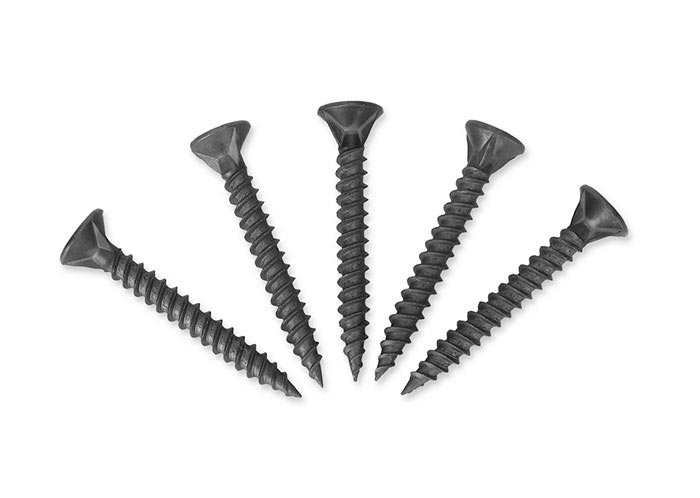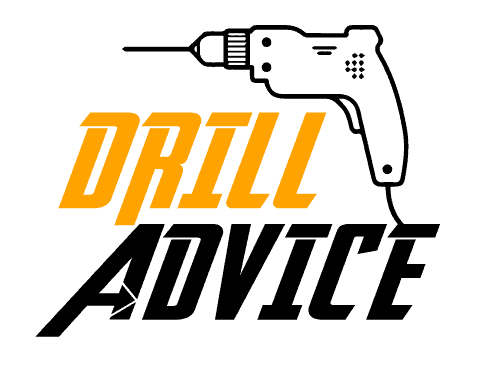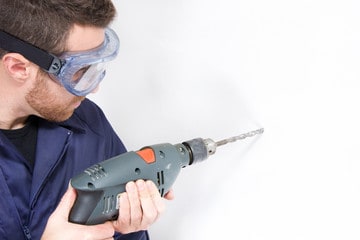Drywalls can be easy to use in interior remodelling projects due to their lightweight, a quick finish, smooth, and easy handling abilities. When using drywall for our project, we have to use power tools such as impact drivers, drills, nail guns etc. So let’s see, can we use an impact driver for drywall jobs?
Normally, Impact drivers can be used for drywall jobs by using nose adaptors to control its penetration depth. Due to high torque and RPM, it can over-penetrate easily. Hence you should use a nose adaptor or depth setting disc bit with an impact driver.
There are many things you should know about drywalls and their impact on driver usage. So this guide will help you to get a complete idea about using an impact driver for drywall and many more about drywalls. So let’s keep reading on.
What is a Drywall?
Drywalls are an element used in the design of walls and ceilings in the modern world. Drywall is a flat panel with 4 feet by 8 feet plate which is made with gypsum plaster sandwiched in between two sheets of thick paper. It can fix metal or wood studs using nails or screws.
There are six types of drywalls. Those are,
- Standard drywall
- Mold Resistant
- Moisture Resistant
- Fire Resistant
- Plasterboard
- Soundproof drywall
You can identify such features and benefits from the names of the drywall types. Based on those characteristics, the most suitable drywall types are used for the construction of fire-resistant features fire-resistant drywalls can be used in fire-prone areas.
Accordingly, it is used in the construction of garages and storage rooms. Mold-resistant drywall can use most often in bathrooms, laundry rooms, and kitchens because those are made thicker than standard drywall. And also it has a waxed surface.
This extra thickness and waxed surface are the reason for extra mould resistance. Mold-resistant drywall is most often used in bathrooms, kitchens, laundry rooms, and as a tile backer. If you need additional soundproofing room or space you can create it very easily by using soundproofing drywall.
What is the Screw Size for Drywalls?
There have two types of drywall screws. Those are,
- Bugle head drywall screws
- Toothed head drywall screws

Bugle head drywall screws are a popular and common usage screw type to fix drywalls, paperboards, plastic boards, and other soft boards. Those screws have a sharper point; therefore, they can use easily to drill through the iron plate.

Toothed head drywall screws are also a popular and common usage screw type but it used to fix or attach the strong boards. Such as calcium silicate board, fiber boards, and wood boards. This is also can use easily to drill through the iron plate without using any holder.
The special character of this screw type is, has a tooth under the head of a screw. It increases the ability to drill a material very easily.
We have to measure the thickness of the drywall to select a suitable drywall screw.
- So, 1 to 1/4 or 1 to 3/8 inch screws must select for 1/2-inch drywall panels.
- 1 to 3/8 inch or 5/8 inch screw can use for the thickness of 5/8 inch drywall panels.
How to Use Impact Driver for Drywall Jobs?
Impact drivers are cordless drill drivers. Impact drivers are commonly used to drive a large number of hooks, elongated screws, and lag bolts. Longer screws and, using the adapter, the lag bolt can be more easily driven by an impact driver.
We can use an impact driver for drywalls. Normally, we have to pay attention to the correct way of driving screws. If we use more torque and high RPM it will penetrate inside the board. If the we stop as head keeping out the board, it will be a problem when finishing the surface.
So it should penetrate inside the plate a bit. Hence you should use suitable tools and sufficient torque with RPM.
An impact driver is not suitable for precision drilling and hole size or positioning is not critical but should be limited to jobs that require more torque such as drilling through metal and solid wood.
When concerned about tools that can use to fix or drill screws through the drywall. A screw gun is also used. It is a tool working with high speed but with low torque. Although an impact driver can give high torque during the drilling.
Simply put, you all know that the basic concept of mathematics is power. Torque is the rotational equivalent of linear force. Simply, torque is the rotational equivalent of linear force.
One of the advantages of a screw gun is, that the user can set the suitable depth to drill. Screw guns are often twice as fast as drills. Both tools look like same.
Drywall Nose Adaptor And Its Task
As mentioned earlier, a screw gun is a tool that can be used to mount drywall more efficiently than an impact driver. The drywall nose adapter is required for the high efficiency of any type of drill.
The drywall nose Adapter allows users to drive drywall screws to the correct depth using only a drill. No drywall screw gun is needed when you use this adapter. A simple little shortcut.
Therefore, a drill can use perfect drilling without any tearing of drywall. This can be used for a longer period of time and the device can be easily connected. The depth required to drill can be easily adjusted.
Depth Setting Disc Bit and Nose Adaptor
You can see, depth setting disc bit in the market as a cheap solution for the nose adaptors. There is a little bit of weird surface when we use a depth setting disc bit.
But using a nose adaptor always gives us a clean and sufficient surface clearance for the finishing tasks.
Pros and Cons of Impact Driver Use For Drywalls
The drywalls are often fastened to rigid cement columns and aluminum straps, so they can be seated using an impact driver. When mounting these drywalls to lightweight materials such as plastic due to torsion, cracks can occur.
A drywall is a softer material to drill by using an impact driver. This is because the impact driver is not adapted to make the same level of injection and is also adapted to operate as a hammer.
The screw gun has the push-to-drive feature but not the impact driver, so the impact driver is not sensitive to the pressure.
Therefore, an impact driver is not the right or suitable tool for this job without a proper nose adaptor.
Do You Need a Drill for Drilling Gypsum Boards?
Simply, the drilled hole is no need to drive screws on gypsum boards. Because screws are self-driving tools, and it can be used to attach the drywall to the panels. The drywall can be finished with a better finish by screwing without drilling, as this drywall is widely used for home decoration.
A better finish can be obtained at a lower cost in tasks such as designing ceilings. Piercing damages the core and surface of the gypsum drywall but with the screw method, the damage is less.
The need can be better fulfilled, and less effort is enough to get a better finish. Therefore, the user can use only the impact driver to drive the screw to the panel. As well as, the right number of drywall fasteners should be used to secure drywall properly.

